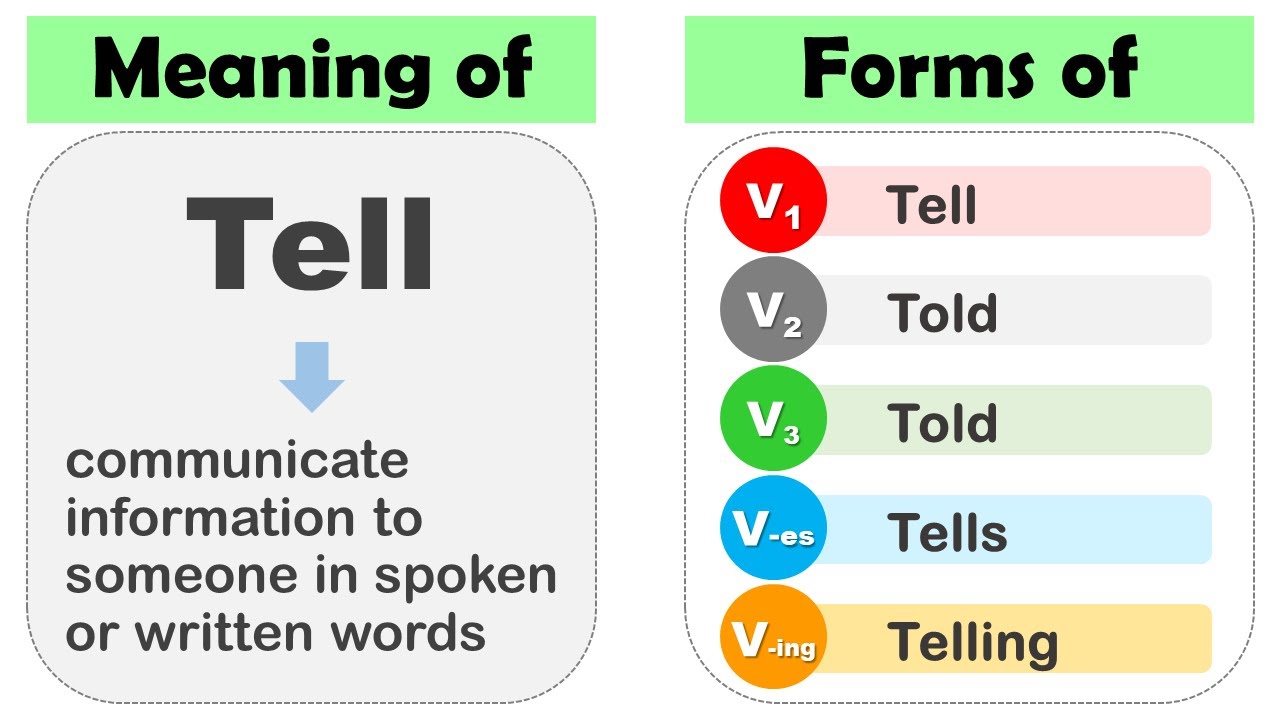News Producers: Behind-the-Scenes Architects of Broadcast Journalism
What do news producers do?
News producers serve as the backbone of broadcast journalism, orchestrate the complex process of gathering, organizing, and present news to the public. These media professionals work behind the scenes to ensure that news programs run swimmingly while maintain journalistic integrity and audience engagement.
Core responsibilities of news producers
At its core, news production involve transform raw information into coherent, compelling stories for broadcast. News producers oversee this entire process from conception to air.
Story selection and editorial judgment
News producers exercise significant editorial control by decide which stories make it to air. They evaluate news tips, press releases, and break events base on several criteria:
- News value and public interest
- Timeliness and relevance
- Available resources for coverage
- Audience demographics and preferences
- Program format and time constraints
This gatekeeper function require producers to balance journalistic standards with practical considerations. They must determine not exclusively what stories to cover but besides how much airtime to allocate to each segment.
Rundown creation and show structure
Producers create the rundown — a minute by minute blueprint that outline the sequence of stories, segment durations, commercial breaks, and transitions. This document serve as the roadmap for the entire broadcast team.
When craft a rundown, producers consider:
- Story priority and news hierarchy
- Pacing and flow between segments
- Technical requirements for each story
- Balance between hard news and lighter content
- Flexibility for break news situations
The rundown evolve throughout the day as new information emerges or stories develop. Producers must adapt promptly while maintain the overall structure and timing of the broadcast.
Team coordination and management
News producers function as project managers, coordinate diverse teams of professionals include:

Source: newslab.org
- Reporters and correspondents
- Anchors and on air talent
- Camera operators and technical staff
- Editors and graphic designers
- Writers and research assistants
They assign stories to reporters, communicate expectations, track progress, and troubleshoot problems that arise during production. This leadership role require strong interpersonal skills and the ability to make quick decisions under pressure.
Script development and writing
While reporters oftentimes write their own stories, producers often contribute to script development by:
- Craft anchor introductions and transitions
- Editing reporter scripts for clarity and timing
- Write teases to maintain viewer interest
- Create graphics requests and captions
- Develop special segments or recur features
Producers must ensure that all content adhere to the station’s style guidelines while remain accessible to the target audience. They translate complex information into concise, conversational language suitable for broadcast.
Types of news producers
The title” producer ” ncompass various specialized roles within broadcast news organizations. Each position carry distinct responsibilities while contribute to the overall news operation.
Executive producers
Executive producers occupy the highest production rank, oversee entire programs or program blocks. Their responsibilities include:
- Set the editorial direction and tone
- Manage production budgets and resources
- Supervise teams of associate and segment producers
- Coordinate with network or station management
- Develop long term content strategies
These senior professionals typically have years of experience and serve as the final authority on content decisions. They balance journalistic goals with business considerations and audience development objectives.
Line producers
Line producers manage the minute to minute execution of individual newscasts. Their hands on role involve:
- Create and update the rundown
- Time segments and monitor pacing
- Communicate with the control room during broadcasts
- Make real time decisions about content adjustments
- Ensure smooth transitions between segments
During live broadcasts, line producers remain in constant communication with directors, anchors, and technical staff through headsets, make split second decisions as situations evolve.
Field producers
Field producers work outside the studio, accompany reporters to gather news on location. Their responsibilities include:
- Coordinate logistics for remote coverage
- Conduct pre interviews and research
- Secure access to locations and subjects
- Assist with interview questions and approach
- Ensure all necessary footage and elements are capture
These producers oftentimes face unpredictable circumstances and must think creatively to overcome obstacles while maintain journalistic standards.
Segment producers
Segment producers specialize in develop specific portions of newscasts or recur features. They focus on:
- Research specialized topics
- Booking and pre interview guests
- Create compelling visual presentations
- Develop specialized content formats
- Build expertise in particular subject areas
This role allows for deeper exploration of topics and frequently involve produce longer form content than standard news packages.
The production process: from pitch to broadcast
News production follow a cyclical process that repeat day by day but remain adaptable to break events and change circumstances.
Morning planning and editorial meetings
The production day typically begins with editorial meetings where:
- Teams review potential story ideas
- Producers pitch coverage approaches
- Resources are allocated to priority stories
- Preliminary rundowns are developed
- Assignments are distributed to reporters and crews
These meetings establish the foundation for the day’s coverage while allow flexibility for developments throughout the news cycle.
Content gathering and development
As the day progress, producers monitor story development by:

Source: easily. Studio
- Track reporter progress in the field
- Follow wire services and compete outlets
- Monitor social media and emerge trends
- Gather supplemental materials like graphics and archive footage
- Coordinate with assignment editors on break news
Producers maintain constant communication with their teams, adjust coverage plans as stories evolve, or new information emerge.
Pre-production and refinement
As broadcast time approaches, producers focus on finalize content by:
- Review and edit reporter packages
- Finalize the rundown and timing
- Prepare contingency plans for technical issues
- Briefing anchors on script changes or special instructions
- Coordinate with the control room team
This phase involves intense attention to detail as producers ensure all elements are ready for air.
Live broadcast management
During the actual broadcast, producers remain actively involve by:
- Monitoring time and make adjustments
- Communicate with anchors through earpieces
- Respond to break news or technical problems
- Coordinate live remote segments
- Make real time editorial decisions
The ability to remain calm under pressure is essential during this phase, as producers must solve problems without disrupt the viewer experience.
Post broadcast analysis
After the broadcast conclude, producers engage in evaluation by:
- Review the program’s execution
- Identify strengths and areas for improvement
- Discuss audience feedback and metrics
- Planning follow-up coverage for ongoing stories
- Begin preparation for the next broadcast cycle
This reflective practice help refine production techniques and inform future coverage decisions.
Skills and qualifications for news producers
Successful news producers possess a distinctive combination of journalistic instincts, technical knowledge, and interpersonal abilities.
Journalistic foundation
Core journalistic competencies include:
- Strong news judgment and ethical standards
- Excellent writing and editing skills
- Understanding of media law and journalistic ethics
- Ability to verify information and assess source credibility
- Knowledge of current events and news context
These fundamentals ensure that producers maintain journalistic integrity while make countless editorial decisions day by day.
Technical proficiency
Modern news producers must navigate various technical systems:
- Newsroom computer systems and rundown software
- Digital editing tools and content management systems
- Graphics generators and visual presentation tools
- Live broadcast equipment and remote technology
- Social media platforms and digital distribution channels
As technology evolve, producers must continually update their skills to leverage new tools efficaciously.
Leadership and interpersonal skills
The collaborative nature of news production require:
- Clear communication under pressure
- Decisive problem solve abilities
- Effective team management and motivation
- Conflict resolution and negotiation
- Ability to provide constructive feedback
Producers must inspire confidence while maintain authority, oftentimes manage teams with diverse personalities and professional backgrounds.
Time management and organizational skills
The deadline drive environment demand:
- Exceptional multitask abilities
- Precise attention to timing and schedules
- Proactive planning and resource allocation
- Ability to prioritize compete demands
- Adaptability when plans change abruptly
News producers must maintain mental organization while juggle numerous details and contingencies.
The evolving role of news producers
The news production profession continues to transform in response to technological, economic, and audience changes.
Digital integration and multiplatform production
Modern producers progressively manage content across multiple platforms:
- Adapt broadcast content for digital distribution
- Create platform specific versions of stories
- Incorporate social media engagement strategies
- Develop interactive elements and data visualizations
- Consider mobile viewing experiences
This expansion of responsibilities require producers to think beyond the traditional broadcast model while maintain consistent journalistic standards across all platforms.
Audience engagement and analytics
Data inform decision-making has become essential as producers:
- Monitor real time audience metrics
- Analyze viewer behavior and preferences
- Incorporate audience feedback mechanisms
- Develop content strategies base on performance data
- Balance journalistic priorities with audience interests
While ratings have invariably mattered in broadcasting, the granularity of current analytics allow for more precise content optimization.
Resource management in change media economics
Industry financial pressures have impact production approaches:
- Do more with smaller teams and budgets
- Leverage technology to increase efficiency
- Develop cost-effective coverage strategies
- Balance quality standards with resource constraints
- Find innovative solutions to production challenges
Producers must maintain journalistic quality while adapt to the economic realities of contemporary news organizations.
The impact of news producers on public information
Though oftentimes invisible to viewers, producers importantly shape public understanding of events and issues.
Framing and contextualizing information
Through their editorial decisions, producers influence how audiences perceive news by:
- Determine story placement and priority
- Select which aspects of stories to emphasize
- Choose sources and perspectives to include
- Establish connections between related stories
- Decide how much background information to provide
These choices help audiences make sense of complex information but besides reflect the producers’ judgment about what matter virtually.
Set the public agenda
Jointly, news producers help determine which issues receive public attention by:
- Allocate coverage to specific topics
- Develop ongoing coverage of select issues
- Create special reports on emerge concerns
- Highlight underreported stories
- Determine when stories have run their course
This agenda set function influences not entirely what people think about but besides what issues they consider important.
Ethical responsibilities
The significant influence producers wield come with ethical obligations:
- Maintain fairness and balance in coverage
- Avoid sensationalism and exploitation
- Protect privacy and dignity of subjects
- Provide accurate context for complex issues
- Serve diverse audience interests and perspectives
Responsible producers recognize their role in shape public discourse and approach their work with appropriate seriousness and ethical reflection.
Conclusion
News producers serve as the architects of broadcast journalism, orchestrate the complex process of transform raw information into coherent, compelling news programs. Their multifaceted role combines editorial judgment, technical expertise, leadership skills, and creative vision.
While viewers principally notice on air talent, producers make the countless decisions that determine what stories are cover, how they’re present, and finally, how audiences understand the world around them. As media continue to evolve, the producer’s role adapts while maintain its essential function: help audiences make sense of a progressively complex information landscape.
For those consider careers in broadcast journalism, the producer role offer a challenging but rewarding path that combine journalistic purpose with creative and managerial satisfaction. Though oftentimes work behind the scenes, news producers remain central to the mission of inform the public and support the democratic function of a free press.
MORE FROM dealdetectivepro.com












